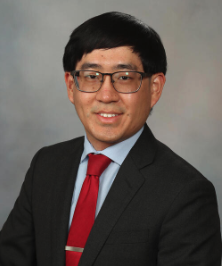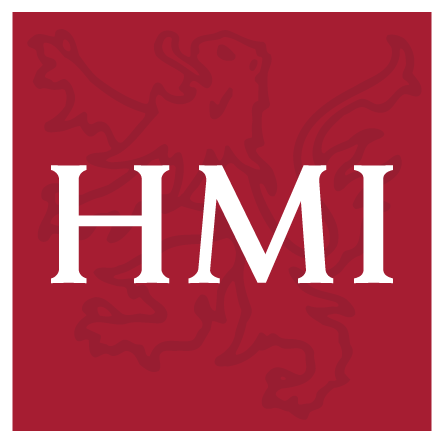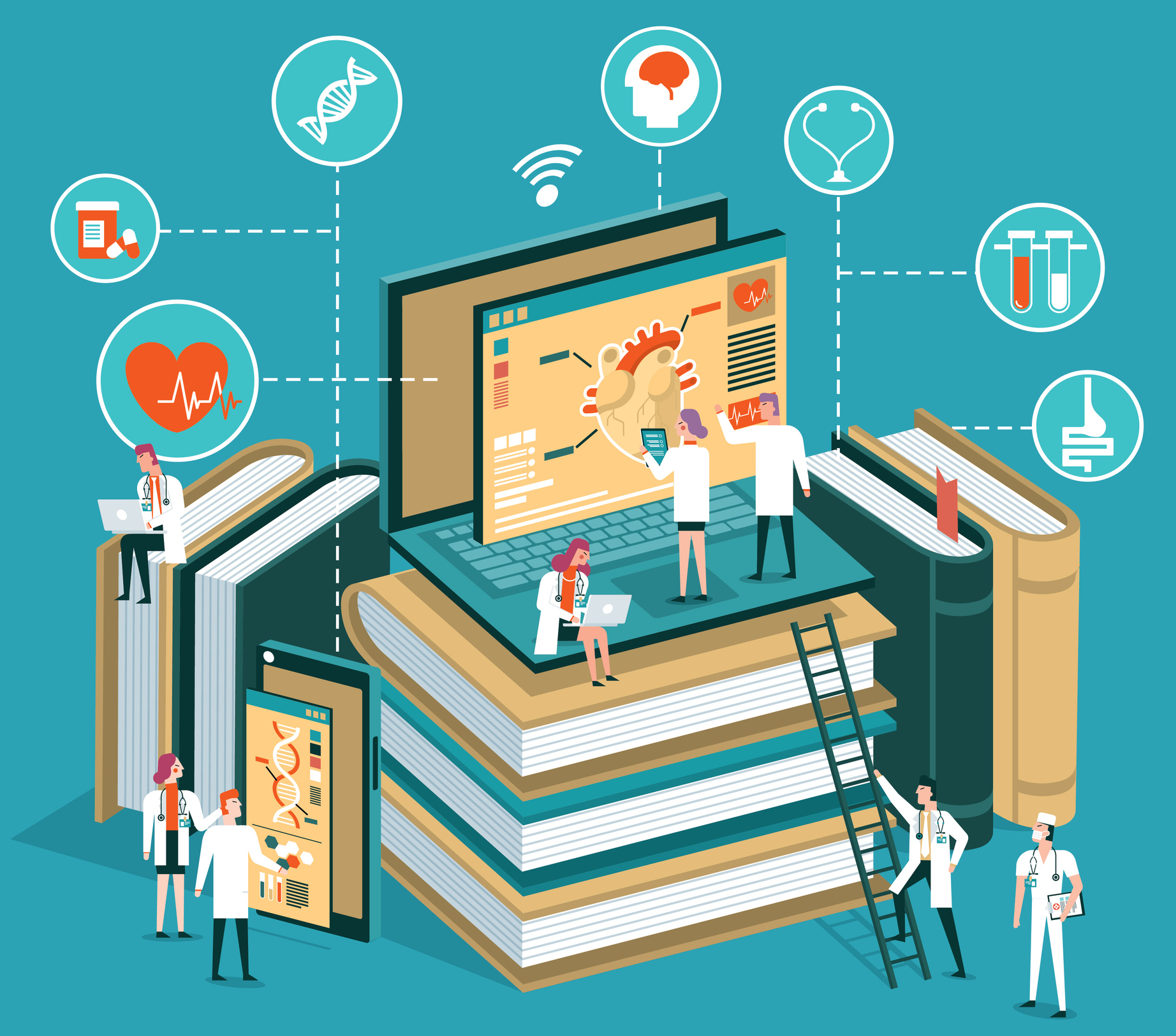Transforming your Teaching using Technology brings together scholars from across the globe annually. To better highlight our vibrant community, we are profiling several of our recent scholars and asking them about their experience in the program. In this blog post, we interview Jeffrey Huang, M.D., M.S., C.H.S.E., assistant professor of anaesthesiology at the Mayo Clinic College of Medicine and Science.
Harvard Macy Institute: How would you describe your personal and professional background?
Raised in the heart of Silicon Valley, technology has been a central theme in my life from an early age thanks to my parents’ careers in computer engineering. I have also been an avid video gamer since childhood. As a critical care anesthesiologist, my focus lies in graduate medical education, particularly in simulation-based medical education.
Harvard Macy Institute: What led you to apply to our Transforming your Teaching using Technology program?
I have been really impressed by the creative ways my colleagues have been using technology to enhance their teaching. It has made me eager to learn and adopt similar techniques. The Transforming your Teaching using Technology program came highly recommended as the perfect place to start. I heard great things about this program from my colleagues who have taken it in the past.
Harvard Macy Institute: How would you describe your overall experience in this program?
Creative-Transformative on the PICRAT scale! It was awesome seeing all the innovative ways that the course faculty and fellow scholars were using a wide variety of different tools, many of which I had never even heard of. I appreciated how we had both the theory-focused class sessions, when course faculty role-modeled how to use technology effectively, interspersed with small group breakout sessions, when we had more personalized interactions with faculty and other scholars. My only complaint was that there were too many good breakout sessions to choose from and I wanted to attend all of them! Thank goodness for the session recordings.
Harvard Macy Institute: How do you think this program is applicable to your profession?
I have brought back several technology ideas to show my colleagues. I admit to being a little bit of a “wet dog” to reference a blog post from HMI alumnus and faculty Keith Wilson, but for the most part, people around here have been very interested in what I have shown them. For example, I have used Miro, an online workspace, for collaborating on several projects including developing and implementing a new resident rotation and for planning presentations and scholarly projects. I used skills I learned in the course to create an escape box activity and virtual escape rooms for resident orientation. These interactive sessions provided incoming residents with the opportunity to debrief on teamwork and communication skills related to crisis resource management and to make electronic medical record (EMR) training much more fun. And now I finally know how to make Jeopardy sessions in PowerPoint!
Harvard Macy Institute: What were the two most important takeaways that you gained from the program?
Attention span and the PICRAT model. To account for students’ attention spans, I am much more deliberate now in planning my presentations and making sure to include some sort of recharge activity at least every 10 minutes. The PICRAT model has really stuck with me – making sure that I am purposeful in how I use technology and always looking for ways to elevate activities to the next level.
Harvard Macy Institute: How do you feel this program has impacted your behavior within your professional work? Can you provide an example?
I mentioned a couple examples above such as using Miro to enhance collaboration around project planning and being more deliberate in adding interactivity to my didactics. I am also paying close attention to Mayer’s principles for multimedia learning and dual channel theory in my slide sets. One of my research interests is game-based learning in medical education and the conceptual frameworks that I learned about during this program have been very applicable on that front. I also have begun to use generative AI tools such as Copilot in my work and it even helped me improve some of my answers to questions 1, 2 and a little bit of 8 in this interview.
Harvard Macy Institute: If applicable, how do you feel this program is different than other continuing medical education or professional development programs you have taken?
Many of the other professional development programs that I have taken in the past tend to follow a traditional lecture-heavy formula. The course faculty for this program actually role model how teachers can best leverage technology appropriately in our own learning environments. This course was much more interactive and hands-on with all the breakout and small group sessions where we could learn more about and apply specific tools and technologies.
Harvard Macy Institute: Would you recommend the Transforming your Teaching using Technology program to a colleague? If so, why?
Definitely, and I already have several times! Today’s learners are digital natives, and educators must keep up with the times. We also must integrate technology into medical education pedagogically, not just for show. I think this course did a fantastic job of both getting us excited about novel tools for teaching as well as giving us the relevant theory and frameworks to apply these tools well.
Check out the Transforming your Teaching using Technology website for more information!
Author BIO
Jeffrey Huang, M.D., M.S., C.H.S.E. (T3 ‘24) is an assistant professor of anaesthesiology at the Mayo Clinic College of Medicine and Science. Jeffrey’s areas of professional interests include graduate medical education, technology-enhanced simulation education, curriculum development and games-based learning (gamification/serious games). Jeffrey can be contacted via email.

HMI Staff


